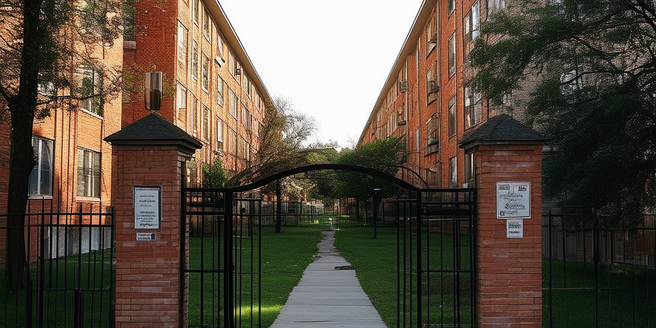Understanding Section 8 Income Limits
Section 8 Income Limits are set by the U.S. Department of Housing and Urban Development (HUD) and vary depending on geographical location and household size. These limits determine the maximum income a household can earn to qualify for housing assistance. Typically, the income limits are based on the median income of an area, with adjustments made for family size. Understanding these limits is essential for applicants to know whether they are eligible for benefits under the Section 8 program. By keeping track of yearly updates to the income limits, households can better gauge their eligibility and plan accordingly.
How Income Limits Are Determined
Income limits for Section 8 are primarily determined by the median income levels of a particular area. HUD gathers comprehensive data to assess the income distribution and economic conditions of different regions across the United States. The income limits are often set at 50% of the area median income (AMI) for low-income families, 30% for very low-income families, and sometimes 80% as the upper threshold for certain programs. This methodology helps to accurately allocate resources where they are needed most. These thresholds help ensure that the most financially disadvantaged households receive the necessary aid to afford adequate housing.
Eligibility Criteria for Section 8
To be eligible for Section 8, applicants must meet certain criteria set by HUD and local housing agencies. Primary among these criteria is the household income, which must fall below the set income limits for the area. Other factors include household size, citizenship status, and criminal background checks. Preference is often given to veterans, elderly individuals, and people with disabilities. Additionally, families facing imminent homelessness or those living in substandard housing conditions may also receive priority. Local housing agencies have strict guidelines for the application process. Meeting these criteria is essential for families seeking to benefit from the Section 8 housing voucher program.
The Application Process for Section 8
Applying for Section 8 involves several steps, starting with submitting a preliminary application to the local housing authority. Applicants must provide detailed information about their household income, size, and other relevant details. Once the application is reviewed and deemed complete, the household may be placed on a waiting list. Due to high demand, the waiting period can vary significantly. When selected from the waiting list, the applicant undergoes further verification of eligibility before receiving the housing voucher. It is crucial to follow all instructions carefully during the application process to avoid delays or rejections.
Adjustments and Exceptions to Income Limits
Adjustments to income limits may occur based on specific circumstances, such as changes in family composition or living conditions. For instance, if a household member gains employment or experiences a significant increase in income, the household’s eligibility may need reassessment. Additionally, certain exceptions can be made for families facing unusual financial hardships or emergencies that impact their income. This ensures that no family is unfairly excluded from necessary aid. These adjustments and exceptions help ensure that the Section 8 program remains flexible and responsive to the varying needs of low-income families, allowing them to continue receiving essential housing assistance.
Managing Changes in Household Income
Managing changes in household income is an important aspect of maintaining eligibility for Section 8. Households should promptly report any increases or decreases in income to their local housing authority. This ensures that the household’s rent contribution is accurately adjusted and that continued eligibility for the program is maintained. Regular income reviews help both the family and the housing authority stay informed and compliant with program requirements. This proactive approach allows for timely adjustments to be made. Adequate planning and reporting are key to navigating any changes in income without jeopardizing the assistance received under Section 8, helping families achieve long-term stability.



